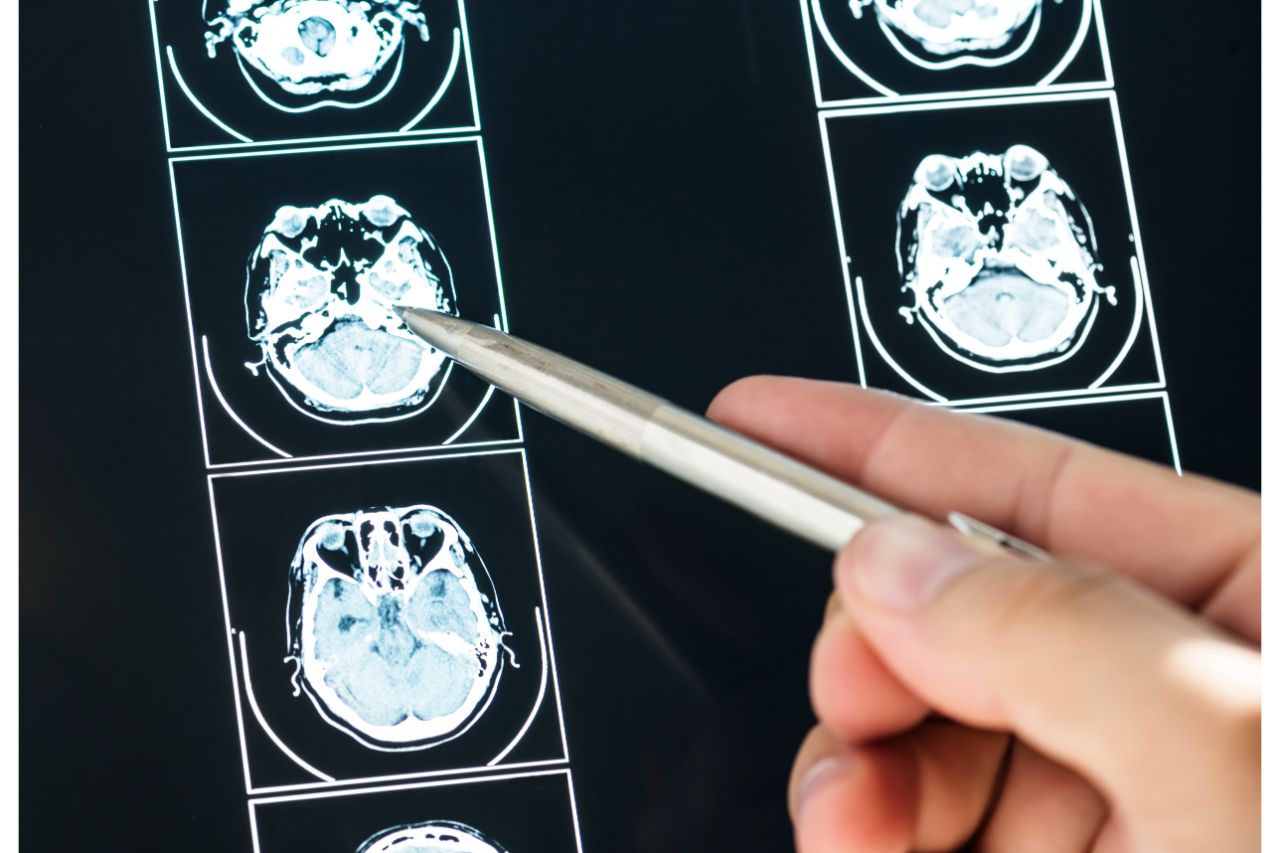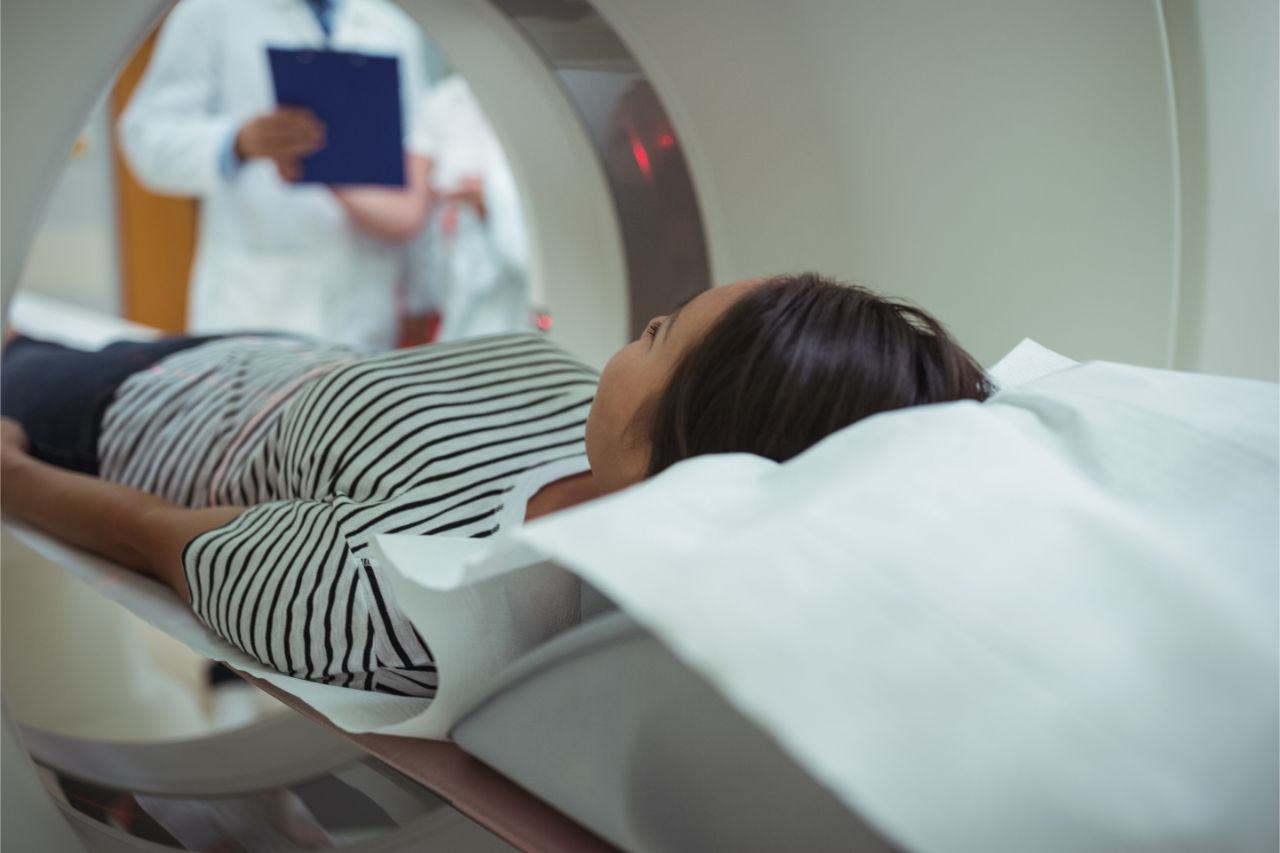What is the difference between a CT scan and an MRI?
- Conditions That Can Be Diagnosed
- Procedure
- Safety
- Cost
When medical professionals need to figure out what is happening inside your body, they may request a diagnostic imaging test. Two of the most common types of imaging tests are computed tomography (CT) scans and magnetic resonance imaging (MRIs) tests. It can be helpful to have a good grasp of the CT scan and MRI difference.
While these two procedures are extremely effective in diagnosing a range of health conditions, they are different in various ways. If you ever experience having these tests required while visiting a Las Pinas Medical Center, knowing the differences can help in informing what to expect and ease your mind.
Read on to learn more about this.
What Is a CT Scan and an MRI?
A CT scan, or a CAT scan, is a combination of X-ray images taken from a 360-degree angle. A large CT machine will synthesize the images to form three-dimensional computerized models of the body. Perpetual Help Medical Center-Las Pinas has recently acquired a state-of-the-art CT imaging machine SOMATOM Drive with a Dual Source CT Scanner (DSCT) which provides a high quality three-dimensional (3D) imaging procedure.
On the other hand, an MRI test makes use of powerful magnetic fields and radiofrequency waves. Unlike CT scans, there’s no radiation involved. The protons react to the energy and produce detailed, cross-sectional images of the body’s structures. It is an extremely accurate procedure and it provides sufficient information to fully confirm a patient’s diagnosis.
Conditions That Can Be Diagnosed

Both types of diagnostic scans can view internal body structures. However, a CT scan is best for capturing images of bones, blood vessels, soft tissue, and organs. It is especially helpful for medical conditions such as:
- Appendicitis
- Cancer monitoring
- Tumors
- Finding internal bleeding
- Traumatic bone injuries
- Heart disease
- Musculoskeletal disorders
- Infectious diseases
- Different causes of unexplained pain
- Blood clot
- Guide to treatments such as biopsies, surgeries, and radiation therapy
An MRI is primarily used for detailed images of organs, joints, soft tissue, cartilage, muscles, tendons, ligaments, and other conditions that are difficult to diagnose. This can include the following:
- Cancer
- Tumors
- Traumatic brain injury
- Developmental and structural anomalies
- Detecting chronic diseases such as multiple sclerosis
- Stroke
- Spinal injuries
- Dementia
- Inflammatory conditions
- Unexplained causes of headaches and other pains
Procedure
For a CT scan, a radiology technologist may ask you not to eat or drink before the procedure. Some patients may have to drink a contrast dye to improve the picture of some blood vessels or tissues. After wearing a lab gown and removing other metal objects, such as jewelry, you will be asked to lie down on an examination table. Then, you will be transferred inside a large CT machine. The X-rays will rotate around your body to take images of the internal body structure.
Depending on what part of the body needs to be scanned, a CT scan can take anywhere from 15 to 30 minutes.
During an MRI, you will be wearing a lab gown and will be asked to remove other metal objects such as jewelry. Afterward, you will be asked to lie down on an examination table that will slide into a large MRI machine to scan a specific body portion. The machine will generate a powerful magnetic field and radio waves will be directed at your body.
The magnetic field and radio waves would not be felt, meaning the procedure itself is painless and non-invasive. However, some patients find the loud thumping and tapping noises from the magnets uncomfortable. If you choose to get your MRI procedure done at Perpetual Help Medical Center-Las Pinas, you won’t have a problem with this. We have invested in a new MRI Magnetom Altea with Biometrix Technology which has less disturbing sounds and impressive scanning speed.
For others, they are given sedating medication to help them relax or fall asleep during the MRI. It is important to stay still as movements can blur the images as well. MRIs will typically last anywhere from 15 to 90 minutes.
Safety

In general, both CT scans and MRIs are relatively safe. However, there are certain risk factors you should know about.
For patients with metal implants, pacemakers, and aneurysm clips, MRIs should not be done as they can be pulled off using the powerful magnets inside the machine. Any implanted device that can interact with a magnetic field can cause harm for patients who go through MRI tests.
CT scans do not come with these risks; however, they do expose patients to radiation. This is not an appropriate diagnostic test for pregnant women.
Cost
CT scans are more widely used than MRIs and are less expensive. However, MRIs are thought to be superior with regard to the image details.
Key Takeaway
This article highlights the CT scan and MRI differences. If you are required to receive either of these diagnostic tests, the medical experts at Perpetual Help Medical Center-Las Pinas can help you get accurate results. Visit us now and book an appointment by calling (+632) 8874-ALTA or (+632) 8874-8515.

